Samsung Galaxy Note 3 Review
by Brian Klug on October 1, 2013 9:00 AM EST- Posted in
- Smartphones
- Samsung
- Mobile
- Android 4.3
- galaxy note 3
Display
One of my only issues with the Note 2 after using it for a long time was resolution. Although the move to a subpixel matrix with a full 3 subpixels per pixel on the Note 2 honestly really put most of my concerns at bay at launch, 720p started to feel limiting further on in that product’s cycle. Having more display area is great, however in Android what really matters is resolution. It was ironic having this phone with a huge display, but 720p resolution that was quickly eclipsed by devices with so much smaller displays. With the Note 3 Samsung moves to 1080p at 5.7 inches, up from the 720p at 5.5 inches in the Note 2, and 1280x800 at 5.3 inches from the original Note.
A question that immediately comes up every time we get a Samsung phone with AMOLED is first, what kind, and second what subpixel unit cell is behind it all, be it an RGB stripe or some other RG,BG alternative unit cell. In the case of the Note 3 we unsurprisingly see Samsung use the same unit cell as they did on SGS4, an offset pattern with green on one line and red and blue on another line. There’s a square blue subpixel with more area than the circular red and green subpixels as well to compensate for the difference in luminous efficiency of the material used in each subpixel type. As I’ve said in the past this isn’t PenTile (although people have started using that brand as a proxy for RG,BG alternatives) but something else entirely, but the ultimate end is still the same, two subpixels per unit pixel and not an RGB stripe.
The question for most normals then becomes – is this a big deal or can a normal human being see it? I’d argue that the subpixels on the Note 3, like the SGS4, are now small enough that they can’t be seen. I used to very picky about this, but I don’t find the new offset RG,BG pattern distracting at all on the Note 3. Subpixel size moves from just above 1 arcminute (1.006 and 1.073 for the Note and Note 2 respectively) down to 0.741 for the Note 3, making them small enough to in theory exceed human eye resolution of 1 arcminute. I won’t break out the huge table or chart, or go over all of that again, but it’s nice to see that finally be the case with the Note 3.
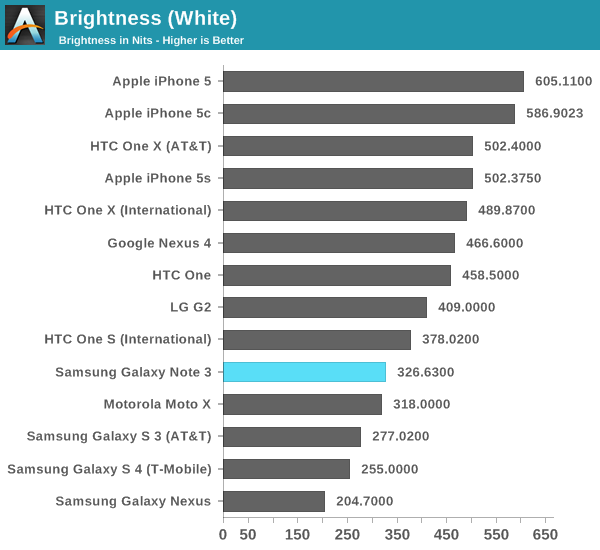
The Note 3 has the same display mode settings as we’ve seen in other generations, these mDNIe toggles allow some control over display color curves. They’re ultimately not a mitigation for Android’s lack of a real CMS and don’t completely solve the oversaturation issue that comes hand in hand with AMOLED’s different spectral curves, but they do help somewhat. These are unchanged as well from the SGS4 – Adapt Display is checked by default and will select which mode to use automatically for first party apps and a few others, but you can select between dynamic, standard, professional photo, and movie manually, which have different tunings for white point, gamut, and saturation. There’s also still the toggle for automatically adjusting screen tone depending on what’s being displayed.
Of the modes and configuration options available, I don’t doubt for a second that the most used one will be the defaults, however if you’re looking for the most sane from a color accuracy perspective it’s still Movie mode with the auto screen tone toggle unchecked. I gave Samsung the benefit of the doubt and ran all my measures in Movie mode as a result, but also took saturation measures of the other modes so you can see the difference in gamut and saturation with what you get under those.

The Standard and Dynamic modes have a ton of oversaturation, extending far beyond sRGB. In Dynamic mode we can also see some compression going on at the higher saturation levels, effectively blowing out those colors even more, with the second to last point almost on top of the last point. Pro Photo mode clamps down gamut and makes saturation a bit more linear, but has some odd other artifacts that show up. With the Movie selection made, the Note 3 display is considerably more controlled and linear, and makes a dramatic difference in how everything appears on the Note 3 during normal use. If you care about display really this is the only setting you should be using.
White point in movie mode is still bluer than I’d like at an average of just over 7100K, but in the all important Gretag Macbeth patch test, Delta-E is pretty low and puts it among iPhone 5, HTC One, and G2 territory. The results under movie mode from the Note 3 are actually nicely controlled. It still isn’t perfect, but there’s at least been an attempt made to give users that option if they don’t want garish colors that might look great on a store display but not so great if you care about matching photos you’ve taken to a display or print later, or web content between desktop and mobile.
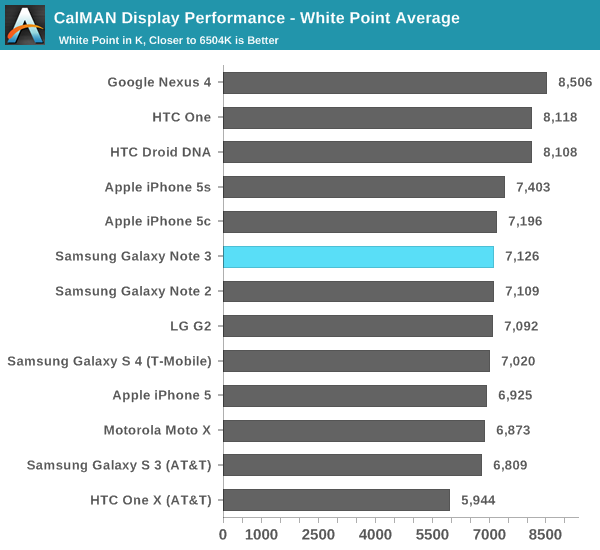
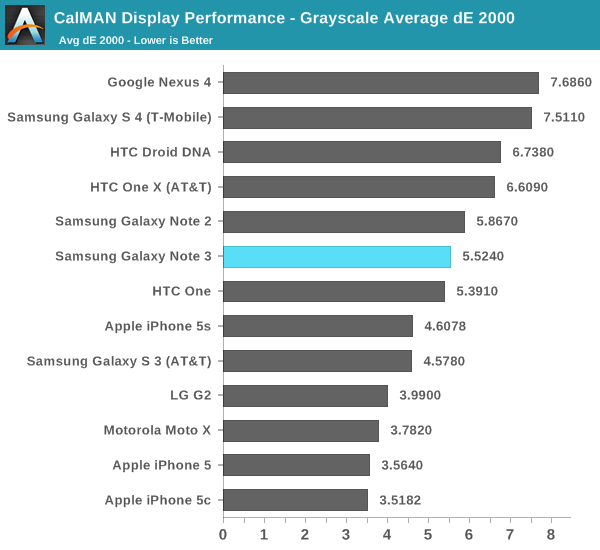
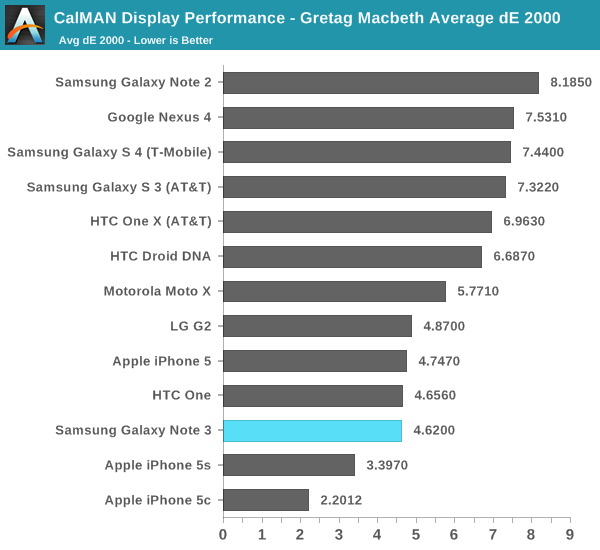
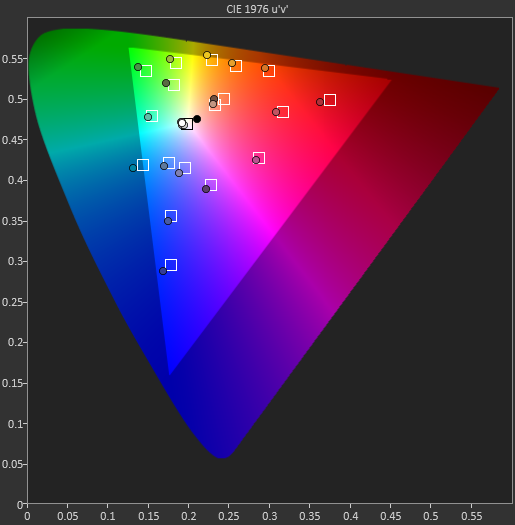
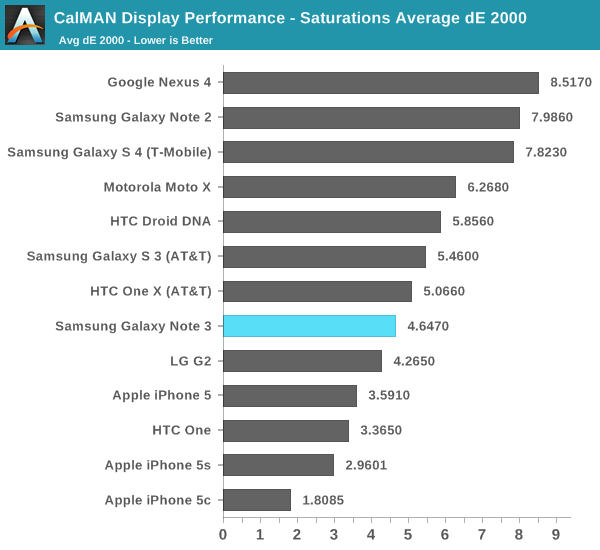



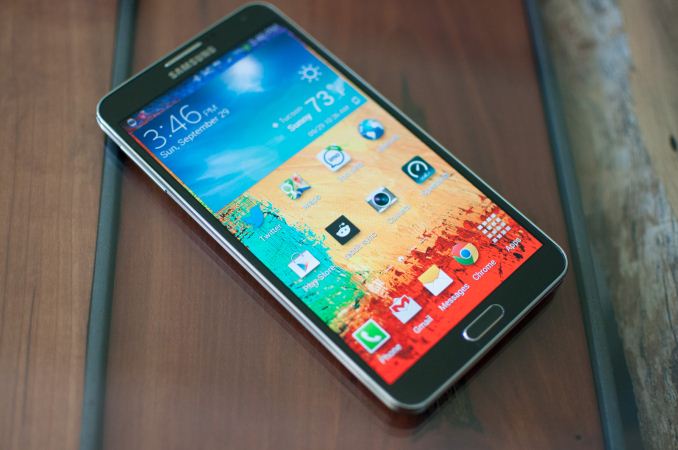
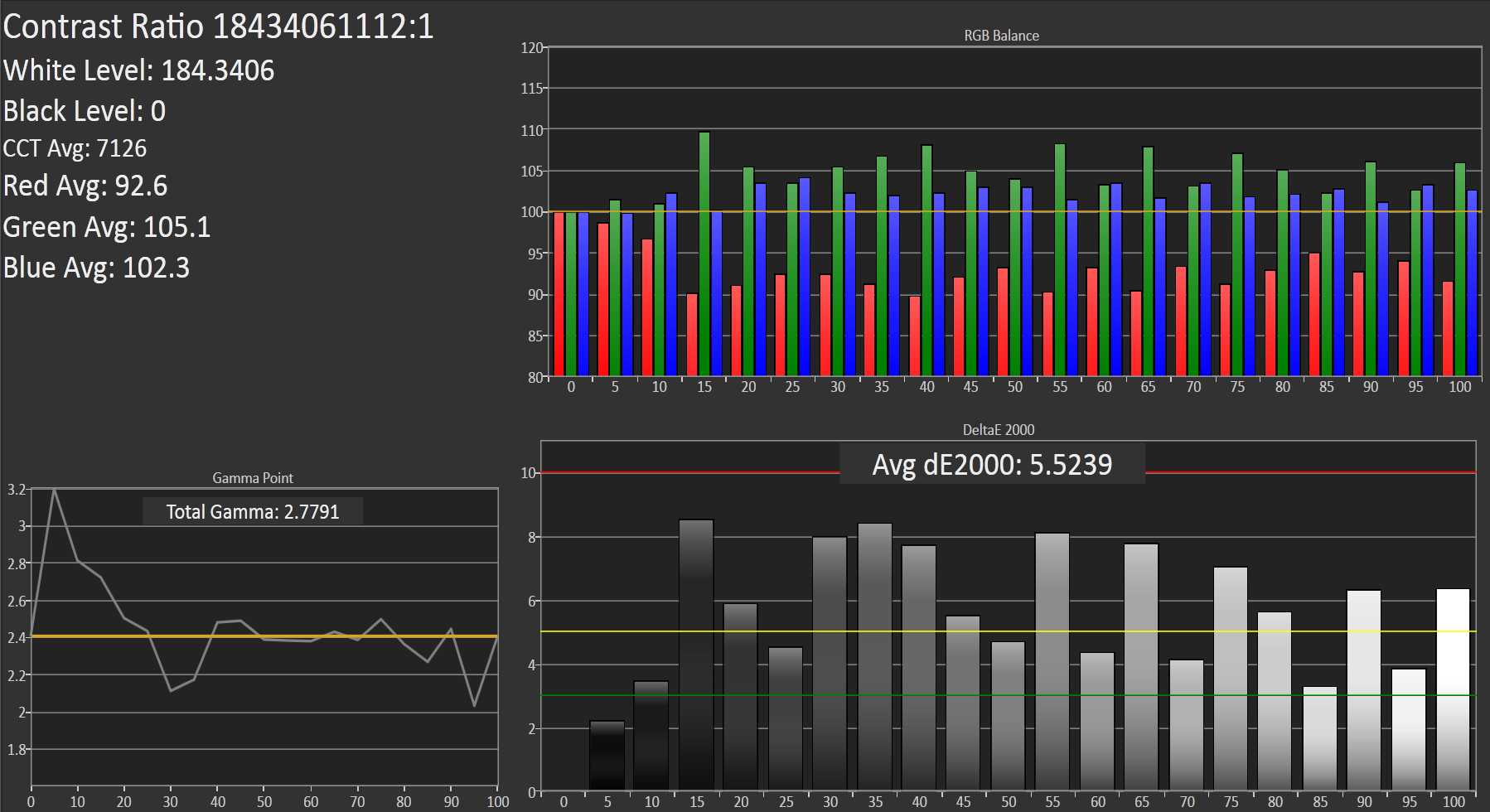








302 Comments
View All Comments
yvn - Friday, October 4, 2013 - link
I was so close to getting this note 3 today but after playing with it i see this that display quality still not as accurate as I hoped to be. Even in the movie mode it gets fairly acceptable in terms of color accuracy but then the black and white photos look very very warm more like sepia toned and the white pages have a yellow tint. In dynamic mode the black and white photos look fantastic but then photos in color look awful, so disappointed i really liked the phone otherwisequestgraves - Monday, October 7, 2013 - link
Thank you so much for such an informative review. I am never let down by the work you guys do here at AnandTech. You have consistently fed me the information I so crave with a non-bias, facts are facts, specs are specs perspective. Your conclusions are based in reality with sound logic. I am grateful for the hard work you do to keep us brand-loyal techies rational.Davidjan - Monday, October 7, 2013 - link
Really love it. I would use it to see movies with Meenova MicroSD Reader: http://goo.gl/U6IyYESC2000 - Monday, October 7, 2013 - link
Okay anyone else think Ars Technica employees (or people Ars Technica hired) are posting over and over about the benchmark issue and how the Ars Technica's review is so great for publicity for their website? There must be 30 comments that not just raise the benchmark issue but also mention how great the Ars Technica review is...given how many note III reviews there are out there, why would every person mention the same one?Spunjji - Tuesday, October 8, 2013 - link
They mention the one article that deals most thoroughly with the benchmarking issues. There's no reason whatsoever to assume that they're employees, but there are almost certainly a few devotees of the site. The rest all appear to be idiots who enjoy overreaction.Optimummind - Friday, October 11, 2013 - link
Pretty good & decent review. I picked up a black Note 3 from AT&T and I really like its back texture. Feels like leather. The white one was my original choice but didn't like the texture at all.Gondalf - Sunday, October 13, 2013 - link
A little question to Brian Klug.Your reviews are very nice, still your power consumption pages are pointless .
Tell me the reason to measure the battery life running a web browser....and don't tell me that this is the more common usage because this is not true.
The real story is that you do not give the power consumption figure of this device (and many others) with the soc under stress. This Note 3 has a Snapdragon 800, that is famous to be power hungry, so stress it with a Game please, or stress the cpus with an online game client.
It is absurd your comparison, you can not compare Note 3 with other devices running the Qualcomm Soc at idle most time or at a low clock speed.
Please....you need to give the real figure of a product, beacuse this is useful for customer that do not want a device that shuts down after a little session of gaming.
Face it, the more common usage in handset is Gaming not web surfing.
aryanraj - Wednesday, October 16, 2013 - link
What do u think about Exynos Octa core variant of Note 3 and also why samsung is not able to integrate both the cores in the present note 3 . Only the A15 core works...loopybear - Thursday, November 14, 2013 - link
USB 3 connections.: Just purchased a SGNote 3 and everything seems fine except for the USB3 connection. Having found a suitable cable and connector I am unable to connect any of my 16gb usb 2 external memory chips to the phone. The phone does not even recognise their existence. Samsung blame the connector but I have my doubts. Can anyone else verify this? By the way the phone connects perfectly to my laptop.fareed0694 - Thursday, December 5, 2013 - link
Here is a complete guide to root and install clockworkmod recovery on Galaxy Note 3 of all versions. Visit here - goo(dot)gl/DojHhL